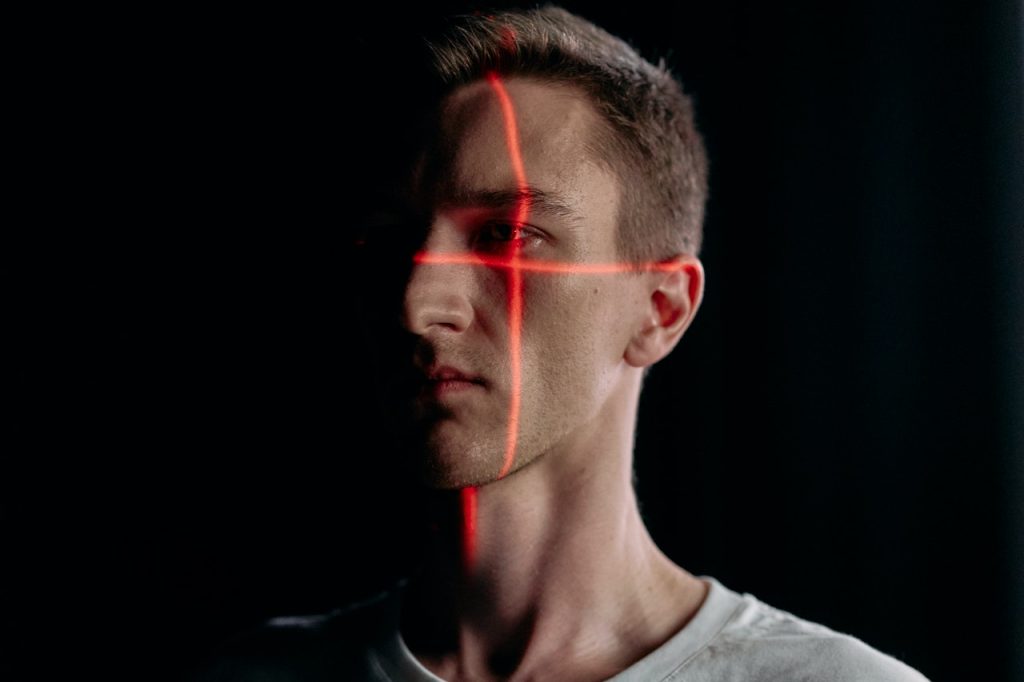Unlocking the Complex Neurological Puzzle of Depression

By studying the brains of fruit flies, which share similar mechanisms to human ones, scientists at Johannes Gutenberg University Mainz (JGU) are attempting to gain a better understanding of depression-like states and thus improve means of treating them. Their findings include the effect of Asian traditional medicine and its mode of preparation, and the effect of timing, such as getting a reward in the evening as opposed to other times of the day. The results were published recently in the journal Current Biology.
One aspect of their research “We have been looking at the effects of natural substances used in traditional Asian medicine, such as in Ayurveda, in our Drosophila fly model,” explained Professor Roland Strauss at JGU. “Some of these could have an anti-depressive potential or prophylactically strengthen resilience to chronic stress, so that a depression-like state might not even develop.”
The researchers intend to demonstrate efficacy, find optimal formulations, and isolate the active substances from the plant, which could lead to new drugs.
“In the Drosophila model we can pinpoint exactly where these substances are active because we are able to analyse the entire signalling chain,” Strauss pointed out. “Furthermore, every stage in the signalling pathway can also be proven.” The researchers subject the flies to a mild form of recurrent stress, such as irregular phases of vibration of the substrate. This treatment results in the development of a depression-like state (DLS) in the flies, ie, they move more slowly, do not stop to examine unexpectedly encountered sugar, and, unlike their more relaxed counterparts, are less willing to climb wide gaps. Whether or not the natural substances have an effect depends on the preparation of each natural substance, eg, whether it has been extracted with water or alcohol.
The research team has also discovered that if they reward the flies for 30 minutes on the evening of a stressful day, by offering them food with a higher sugar content than usual, or by activating the reward signalling pathway, this can prevent DLS developing. Flies have sugar receptors on their tarsi (the lower part of their legs) and their proboscis, while the end of the signalling pathway at which serotonin is released onto the mushroom body (equivalent to the human hippocampus) have also been located.
The researchers’ investigations showed that the pathway was considerably more complex than anticipated. Three different neurotransmitter systems have to be activated until the serotonin deficiency at the mushroom body, which is present in flies in a DLS, is compensated for by reward. One of these three systems is the dopaminergic system, which also signals reward in humans. Humans might obtain a reward through something other than sugar.
Boosting resilience by preventing depression
In addition, the researchers decided to look for resilience factors in the fly genome. The team intends to find out whether and how the genomes of flies that are able to better cope with stress differ from those that develop a DLS in response to exposure to recurrent mild stress. The hope is that in the future it will be possible to diagnose genetic susceptibility to depression in humans – and then treat this with the natural substances that are also being investigated during the project.








